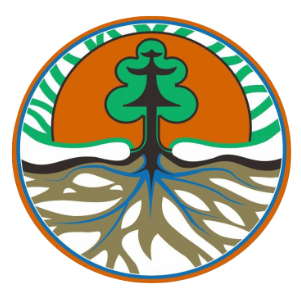
The forests of Borneo-the third largest island on the planet-sustain some of the highest biodiversity and carbon storage in the world. The forests also provide vital ecosystem services and livelihood support for millions of people in the region, including many indigenous communities. The Pan-Borneo Highway and several hydroelectric dams are planned or already under construction in Sarawak, a Malaysian state comprising part of the Borneo. This development seeks to enhance economic growth and regional connectivity, support community access to services, and promote industrial development. However, the implications of the development of highway and dams for forest integrity, biodiversity and ecosystem services remained largely unreported. We assessed these development projects using fine-scale biophysical and environmental data and found several environmental and socioeconomic risks associated with the projects. The highway and hydroelectric dam projects will impact 32 protected areas including numerous key habitats of threatened species such as the proboscis monkey (Nasalis larvatus), Sarawak surili (Presbytis chrysomelas), Bornean orangutans (Pongo pygmaeus) and tufted ground squirrel (Rheithrosciurus macrotis). Under its slated development trajectory, the local and trans-national forest connectivity between Malaysian Borneo and Indonesian Borneo would also be substantially diminished. Nearly ~161 km of the Pan-Borneo Highway in Sarawak will traverse forested landscapes and ~55 km will traverse carbon-rich peatlands. The 13 hydroelectric dam projects will collectively impact ~1.7 million ha of forest in Sarawak. The consequences of planned highway and hydroelectric dams construction will increase the carbon footprint of development in the region. Moreover, many new road segments and hydroelectric dams would be built on steep slopes in high-rainfall zones and forested areas, increasing both construction and ongoing maintenance costs. The projects would also alter livelihood activities of downstream communities, risking their long-term sustainability. Overall, our findings identify major economic, social and environmental risks for several planned road segments in Sarawak-such as those between Telok Melano and Kuching; Sibu and Bintulu; and in the Lambir, Limbang and Lawas regions-and dam projects-such as Tutoh, Limbang, Lawas, Baram, Linau, Ulu Air and Baleh dams. Such projects need to be reviewed to ensure they reflect Borneo's unique environmental and forest ecosystem values, the aspirations of local communities and long-term sustainability of the projects rather than being assessed solely on their shortterm economic returns. © 2020 Alamgir et al.
Download:
 file
file

- Authors: Alamgir, M., Campbell, M.J., Sloan, S., Engert, J., Word, J., Laurance, W.F.
- Author Affiliation: James Cook University, Borneo Project
- Subjects: sustainable development, tropical forests, conservation, peatlands, carbon sinks, ecosystem services, land use change
- Publication type: Journal Article
- Source: PLoS ONE 15(3): e0229614
- Year: 2020
- DOI: https://doi.org/10.1371/journal.pone.0229614
















